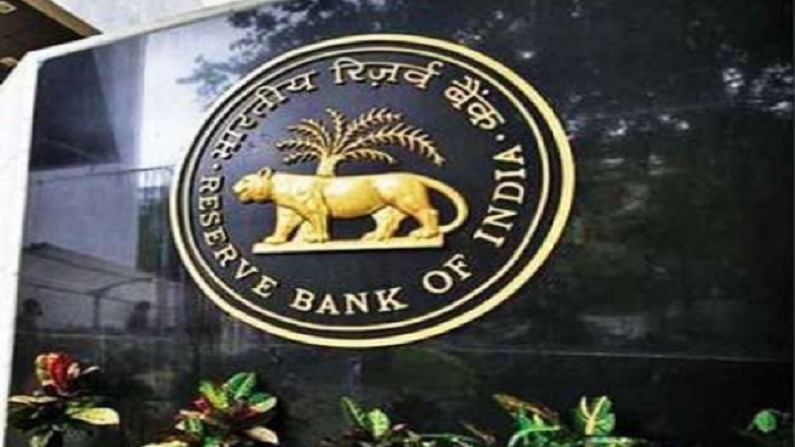RBI's MPC starts deliberating on next monetary policy
Experts are of the view that the Reserve Bank will maintain status quo on policy rates at its first bi-monthly monetary policy review for the current fiscal

Mumbai: RBI Governor Shaktikanta Das-headed rate-setting panel MPC started its three-day deliberation on the next monetary policy on April 5 amid sudden surge in COVID-19 cases and the government’s recent mandate asking the central bank to keep retail inflation around 4%.
The Reserve Bank will announce the resolution of the Monetary Policy Committee (MPC) on April 7.
Experts are of the view that the Reserve Bank will maintain status quo on policy rates at its first bi-monthly monetary policy review for the current fiscal. It is also likely to maintain an accommodative policy stance.
The policy repo rate or the short-term lending rate is currently at 4%, and the reverse repo rate is 3.35%. Last month, the government had asked the Reserve Bank to maintain retail inflation at 4% with a margin of 2% on either side for another five-year period ending March 2026.
M Govinda Rao Chief Economic Advisor, Brickwork Ratings (BWR) said, given the rise in the spread of coronavirus infections and the imposition of fresh restrictions to contain the virus spread in the major parts of the country, RBI is likely to continue with its accommodative monetary policy stance in the upcoming MPC meeting.
“Considering the elevated inflation levels, BWR expects the RBI MPC to adopt a cautious approach and hold the repo rate at 4%,” Rao said.
Rao noted that in the last MPC, RBI initiated measures towards the rationalisation of excess liquidity from the system by announcing a phased hike in the cash reserve ratio (CRR) for restoration to 4%.
“In the current scenario, the RBI may like to drain in excess liquidity, while higher borrowings and the frontloading of 60% borrowings in H1 FY21 may put pressure on yields, and hence, the RBI may go slow in reversing its liquidity measures announced as a COVID stimulus since March 2020,” Rao added.
Meanwhile, G Murlidhar, MD and CEO, Kotak Mahindra Life Insurance Company said 2021 has seen a rise in yields across the globe in line with vaccination-led optimism.
“However, the case for India is a little different this time, with rapid rise in new COVID cases over last few weeks. In upcoming policy, MPC may continue to emphasise the importance of ‘orderly evolution of yield curve’ given benign inflation trajectory and second wave headwinds to nascent growth recovery,” said Murlidhar.
In a bid to control price rise, the government in 2016 had given a mandate to RBI to keep the retail inflation at 4% with a margin of 2% on either side for a five-year period ending March 31, 2021.
The central bank mainly factors in the retail inflation based on Consumer Price Index while arriving at its monetary policy. On February 5, after the last MPC meet, the central bank had kept the key interest rate (repo) unchanged citing inflationary concerns.